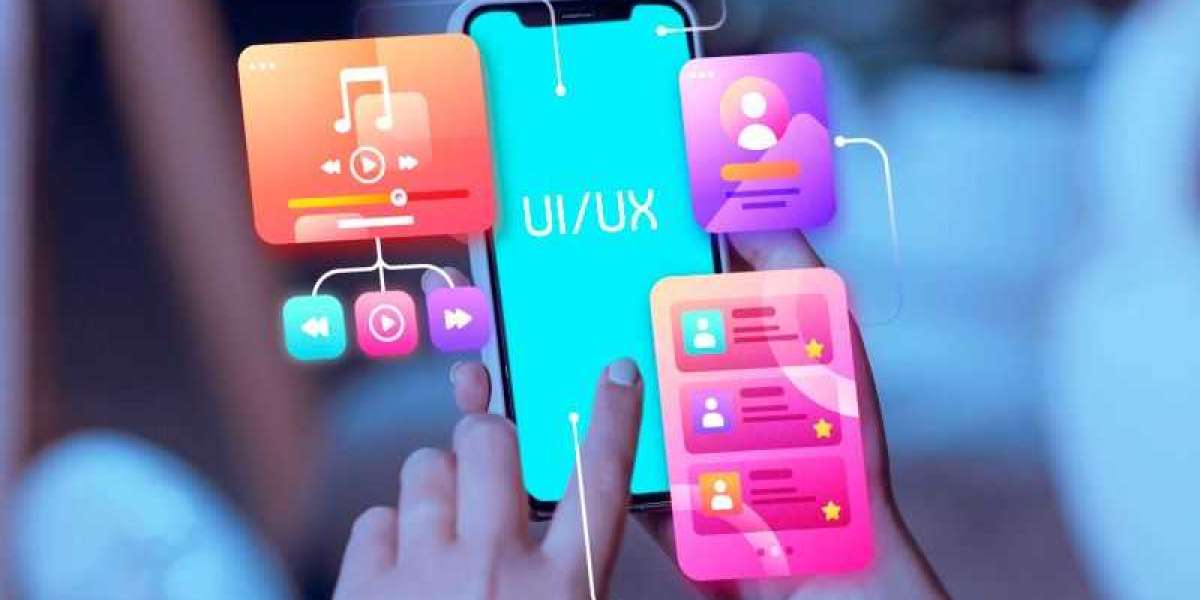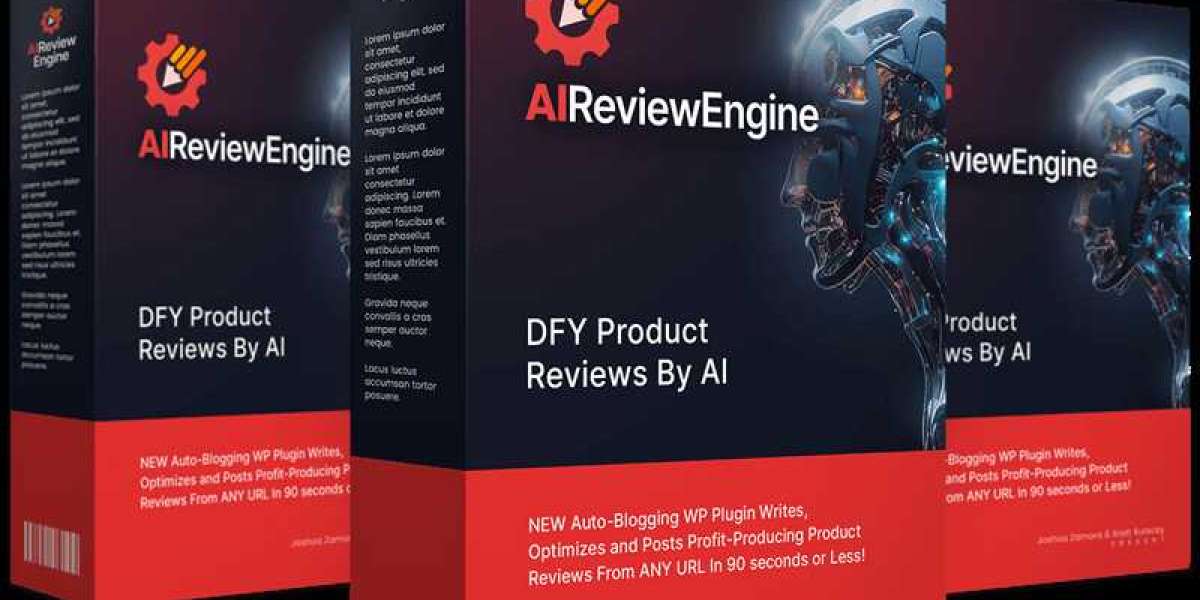In the rapidly evolving world of mobile technology, developing mobile applications that stand out and drive user engagement is critical for business success. Mobile app development solutions encompass the range of tools, frameworks, and methodologies that enable the creation of sophisticated, high-performance apps for various platforms. To stay competitive and leverage cutting-edge technology, developers must employ the best mobile app development solutions and understand the intricacies of creating a successful Minimum Viable Product (MVP). In this article, we explore the top mobile app development solutions for creating innovative mobile applications and guide you through the process of building an MVP.
The Landscape of Mobile App Development Solutions
Mobile app development is a complex process that requires the right mix of technology, design, and user experience. The following key components play a significant role in shaping the quality and success of mobile applications:
1. Development Frameworks:
React Native: An open-source framework that enables developers to build cross-platform apps using JavaScript and React. It provides a seamless user experience and excellent performance on both iOS and Android platforms.
Flutter: A versatile UI toolkit developed by Google that allows for fast and efficient cross-platform app development using the Dart programming language. It offers a rich set of customizable widgets and high-performance rendering.
Swift: Apple's preferred programming language for iOS app development. It provides developers with robust features and modern syntax to create feature-rich, high-performing iOS applications
2. Kotlin: Kotlin is a modern programming language that serves as the preferred choice for Android app development. It offers numerous features, including null safety, concise syntax, and interoperability with Java, making it an excellent choice for building efficient and secure Android apps.
3. Progressive Web Apps (PWAs):
PWAs combine the best of web and mobile app technologies, offering users app-like experiences directly in their web browsers. They are platform-agnostic and can work on any device with a web browser, providing a low-cost and efficient way to reach a wide audience.
4. Backend-as-a-Service (BaaS):
BaaS platforms such as Firebase, Parse, and AWS Amplify simplify the app development process by providing ready-made backend services such as user authentication, database management, and cloud storage. This allows developers to focus on building the app's front end while leveraging reliable backend infrastructure.
5. DevOps and CI/CD Pipelines:
DevOps practices and continuous integration/continuous deployment (CI/CD) pipelines streamline the development and deployment processes. These solutions automate testing, code integration, and deployment, resulting in faster iterations and improved app stability.
How to Build an MVP (Minimum Viable Product)
Creating a Minimum Viable Product (MVP) is a strategic approach to app development that focuses on delivering the core features of an app to the market as quickly as possible. By doing so, businesses can test their app with real users, gather feedback, and iterate based on insights gained. Here's how to build an MVP:
1. Define the Core Problem:
Start by identifying the key problem your app aims to solve. Understand the target audience's needs and pain points to create a focused solution.
2. Identify Core Features:
Prioritize features that address the core problem and offer the most value to users. Eliminate non-essential features to keep the MVP lean and efficient.
3. Create a User-Centric Design:
Design the app with the user experience in mind. Focus on simplicity, ease of use, and intuitive navigation. A great user experience is key to gaining positive feedback and retaining users.
4. Choose the Right Technology Stack:
Select a technology stack that aligns with your app's requirements and your team's expertise. Consider factors such as scalability, compatibility, and long-term maintainability.
5. Develop and Test:
Build the MVP with agile development practices, allowing for quick iterations and feedback incorporation. Conduct thorough testing to ensure functionality, usability, and performance meet user expectations.
6. Gather Feedback and Iterate:
Once the MVP is launched, gather feedback from users through surveys, reviews, and in-app analytics. Use this data to make informed decisions about future updates and improvements.
7. Plan for Future Growth:
Based on user feedback and market trends, plan the app's roadmap for future updates and features. Continuously iterate and improve the app to stay relevant and meet evolving user needs.
Cutting-Edge Mobile App Development Solutions
To create truly innovative and cutting-edge mobile applications, developers need to embrace emerging technologies and trends. Here are some of the latest solutions that are shaping the future of mobile app development:
1. Augmented Reality (AR) and Virtual Reality (VR):
AR and VR technologies offer immersive experiences that can transform how users interact with apps. Integrating AR/VR features into apps can enhance user engagement and provide unique, memorable experiences.
2. Artificial Intelligence (AI) and Machine Learning (ML):
AI and ML can enhance app functionality by enabling personalized recommendations, intelligent chatbots, and predictive analytics. These technologies can create smarter and more efficient apps that cater to user preferences.
3. Internet of Things (IoT):
IoT integration allows apps to communicate with smart devices and sensors, enabling users to control and monitor their devices remotely. This opens up opportunities for innovative apps in areas such as home automation and wearables.
4. Blockchain:
Blockchain technology can enhance app security and transparency by providing decentralized data storage and verification. Apps that leverage blockchain can offer users greater control over their data and transactions.
5. Voice Recognition and Assistants:
Voice-enabled apps and virtual assistants are becoming increasingly popular. Integrating voice recognition capabilities into apps can improve user accessibility and convenience.
6. Cloud Computing:
Cloud services provide scalable infrastructure and storage solutions for apps, reducing the need for local data storage and processing power. This enables apps to run smoothly across a wide range of devices.
Conclusion
In today's fast-paced mobile app landscape, leveraging the latest mobile app development solutions is essential for creating innovative and cutting-edge applications. By staying informed about emerging technologies and following best practices for building an MVP, developers can deliver high-quality apps that meet user needs and drive business success.
Building an MVP is a critical step in the app development process, allowing developers to gather valuable feedback and make data-driven decisions for future iterations. By embracing the latest trends and technologies such as AR, VR, AI, and IoT, developers can create mobile apps that stand out in a crowded market and provide unique, memorable experiences for users.
By combining the right development frameworks, design principles, and emerging technologies, developers can create cutting-edge mobile applications that cater to users' needs and expectations, ensuring the app's success and longevity in the ever-evolving world of mobile technology.



